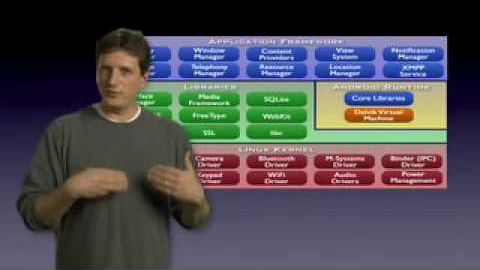Androidology - Part 1 of 3 - アーキテクチャの概要 (Androidology - Part 1 of 3 - Architecture Overview)
陳連城 が 2021 年 01 月 14 日 に投稿  この条件に一致する単語はありません
この条件に一致する単語はありませんUS /ˈkɑnˌtɛkst/
・
UK /ˈkɒntekst/
US /ˈkɑnˌtɛnt/
・
UK /'kɒntent/
- adj.満足している;満足した
- n. (c./u.)内容;主題;コンテンツ;満足;コンテンツ;含有量
- v.t.満足させる
- v.i.同意する
US /ɪkˈspɪriəns/
・
UK /ɪk'spɪərɪəns/
- n. (c.)経験;経験;経験;体験
- n. (c./u.)経験;職務経験
- v.t./i.経験する
- n. (c./u.)気持ち;分別ある判断力;意味
- v.t./i.(感覚器官で)感知する : 気づく;感じる
エネルギーを使用
すべての単語を解除
発音・解説・フィルター機能を解除

